The exotic pet trade represents a multi-billion dollar global industry that brings wildlife from their natural habitats into our homes. While the allure of owning something rare and unusual appeals to many, the consequences of this desire ripple through ecosystems worldwide. Behind each colorful parrot, venomous snake, or tiny primate sold in the pet trade lies a complex web of ecological impacts that can undermine decades of conservation work. This article explores how consumer choices to purchase wild-caught animals as pets directly influences conservation efforts around the world, examining both the immediate consequences and the broader implications for biodiversity protection.
The Scale of the Wild Pet Trade
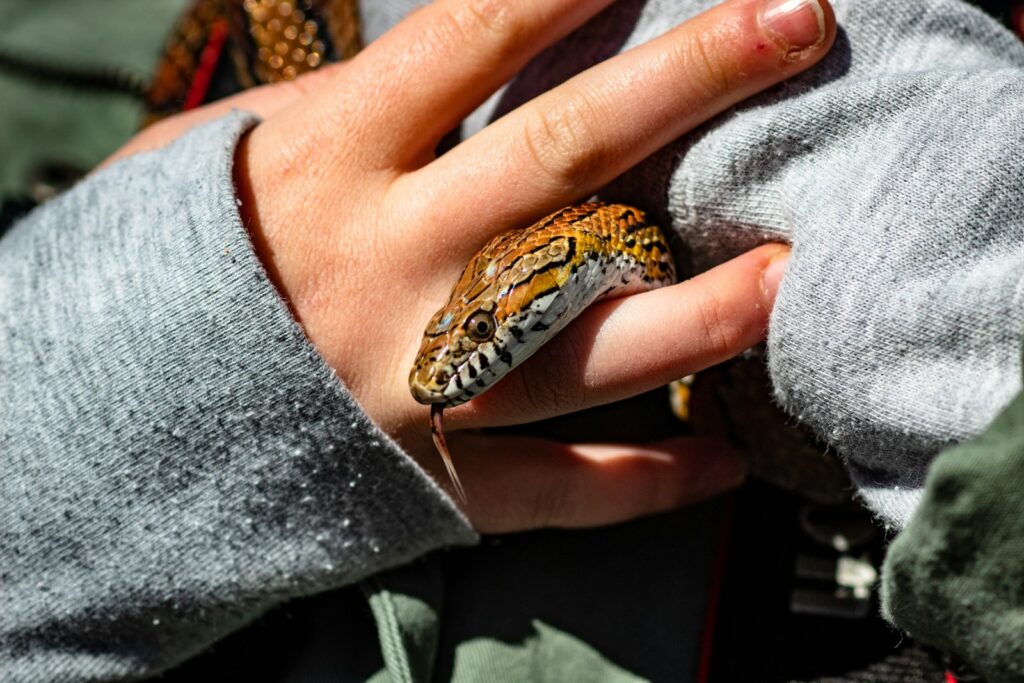
The global wildlife trade constitutes one of the largest black markets in the world, valued at billions of dollars annually and ranking alongside drugs, weapons, and human trafficking in scale and profitability. Estimates suggest that millions of live animals are captured from the wild each year specifically for the pet trade, with birds, reptiles, amphibians, and tropical fish being particularly targeted. Many consumers remain unaware that approximately 60-80% of certain exotic species sold as pets were once free-living wild animals rather than captive-bred specimens. This massive extraction of wildlife creates supply chains that stretch from remote rainforests and coral reefs to urban pet stores and online marketplaces, often operating through complex networks that blend legal and illegal activities.
Differentiating Wild-Caught from Captive-Bred
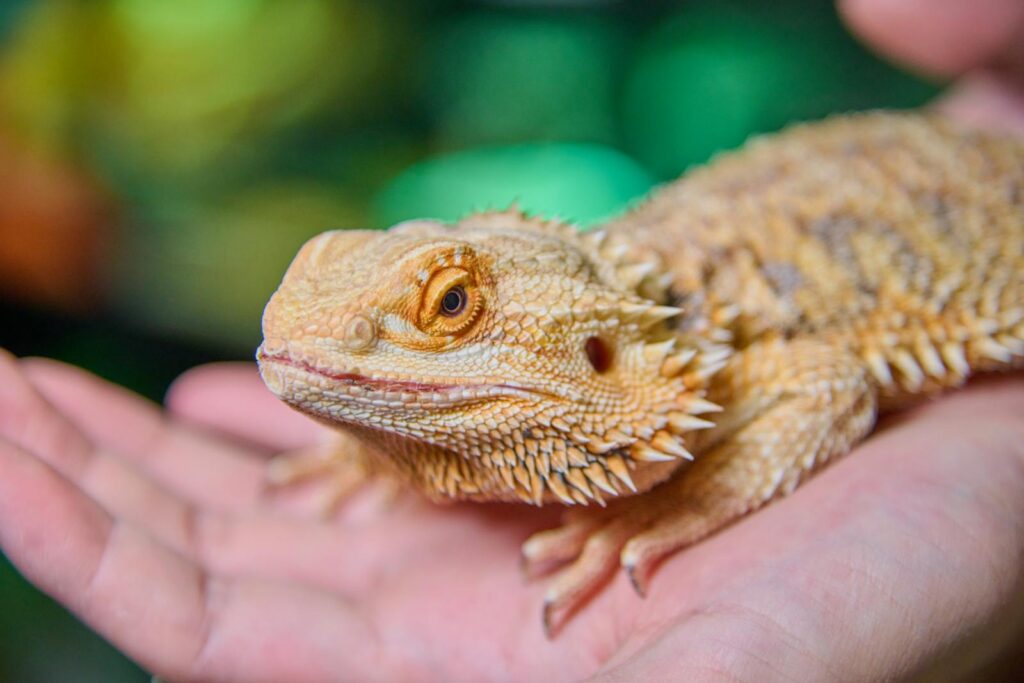
A crucial distinction exists between animals bred in captivity and those captured directly from their natural habitats. Captive-bred animals are born and raised in controlled environments specifically for the pet trade, often through specialized breeding programs that may select for traits like docility or coloration. Wild-caught animals, conversely, are removed directly from their natural habitats, creating immediate ecological gaps in their native ecosystems. Identifying the difference can be challenging for consumers, as unscrupulous dealers may misrepresent origins to command higher prices or avoid regulations. Physical indicators like scarring, stress behaviors, parasite loads, and poor adaptation to captivity can sometimes suggest wild origin, though these aren’t foolproof identifiers in making ethical purchasing decisions.
Population Depletion in Vulnerable Species

When wild animals are captured for the pet trade, the impact extends far beyond the individual creature. Many targeted species already face threats from habitat loss, climate change, and other pressures, making additional removals particularly harmful to population stability. Collectors often target the most visually striking or rare individuals, inadvertently removing the healthiest breeding specimens and creating genetic bottlenecks in remaining populations. The mathematics of wildlife removal becomes particularly concerning with slow-reproducing species like parrots, primates, and certain reptiles, where the loss of even a few breeding adults can severely impact population recovery for decades. Conservation biologists have documented numerous cases where commercial collection has pushed already vulnerable species closer to extinction, including the dramatic decline of numerous parrot species in Southeast Asia and the Caribbean.
Ecological Functions Disrupted

Animals don’t exist in isolation but perform vital roles within their ecosystems that maintain ecological balance and health. When removed for the pet trade, these ecological functions go unfulfilled, creating cascading effects throughout the habitat. Seed-dispersing birds and primates, for instance, help regenerate forests by distributing plant genetic material across wide areas, making their removal particularly damaging to forest dynamics. Reptiles and amphibians often serve as mid-level predators controlling insect and rodent populations, while also providing food for larger predators—their absence creates ripple effects up and down the food chain. Even seemingly insignificant species like dart frogs play crucial roles in nutrient cycling within their microhabitats, making their large-scale collection for the vivarium hobby problematic for forest floor ecosystems.
Mortality Rates in Capture and Transport

The journey from wilderness to pet store exacts a devastating toll on wild animals that consumers rarely witness. Industry estimates suggest that for every exotic animal that reaches a final destination as a pet, many others perish during capture, holding, or transport. Capture methods often prioritize volume over welfare, with techniques like tree-felling to access nests killing entire families of animals to obtain a few marketable juveniles. The transport phase proves equally lethal, with animals frequently packed into cramped, poorly ventilated containers for days or weeks without adequate food, water, or temperature control. Stress-related immunosuppression during these ordeals makes survivors highly vulnerable to diseases that can then spread through holding facilities and potentially into wild populations if animals escape or are released. These mortality rates effectively multiply the ecological impact of each animal that reaches the market.
Introduction of Invasive Species
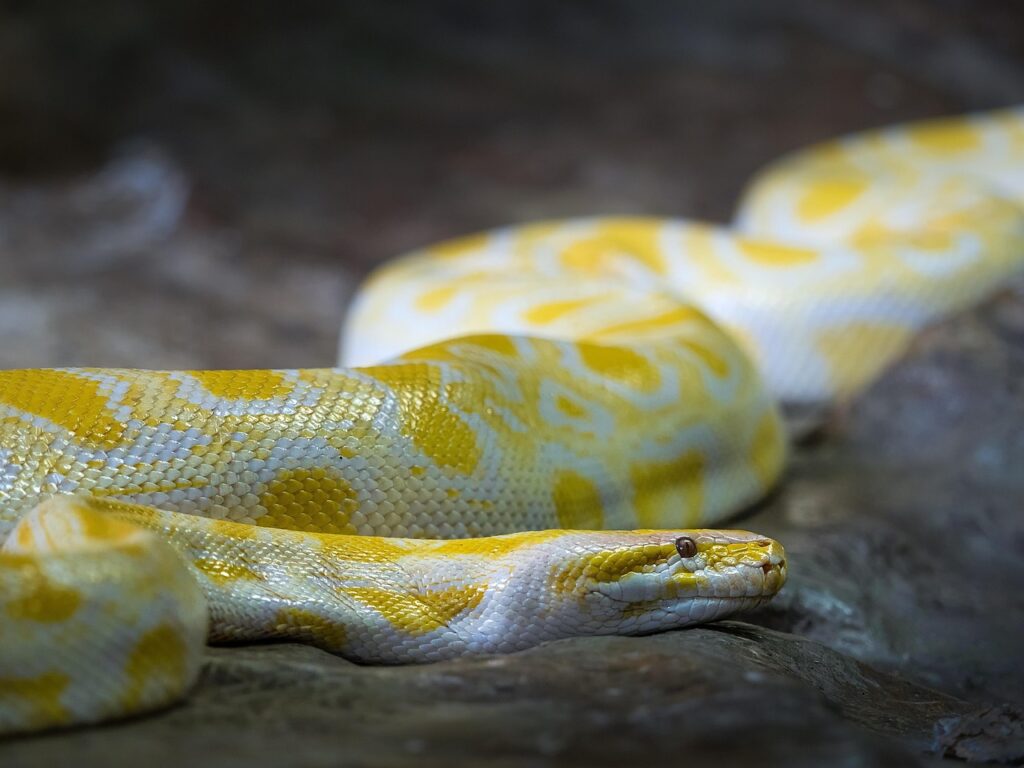
When exotic pets escape or are deliberately released by overwhelmed owners, they can establish invasive populations that devastate native ecosystems. The Burmese python situation in Florida’s Everglades represents perhaps the most infamous example, where released or escaped pet snakes established breeding populations that have decimated local mammal populations by as much as 90% in some areas. Similarly destructive scenarios have unfolded with released red-eared slider turtles across Europe, lionfish throughout Caribbean waters, and numerous bird species worldwide. These invasive populations often outcompete native species for resources, introduce new diseases, and fundamentally alter ecosystem functions in ways that prove nearly impossible to reverse. Conservation agencies must then divert limited resources toward managing these invasive populations rather than protecting native biodiversity.
Disease Transmission Risks
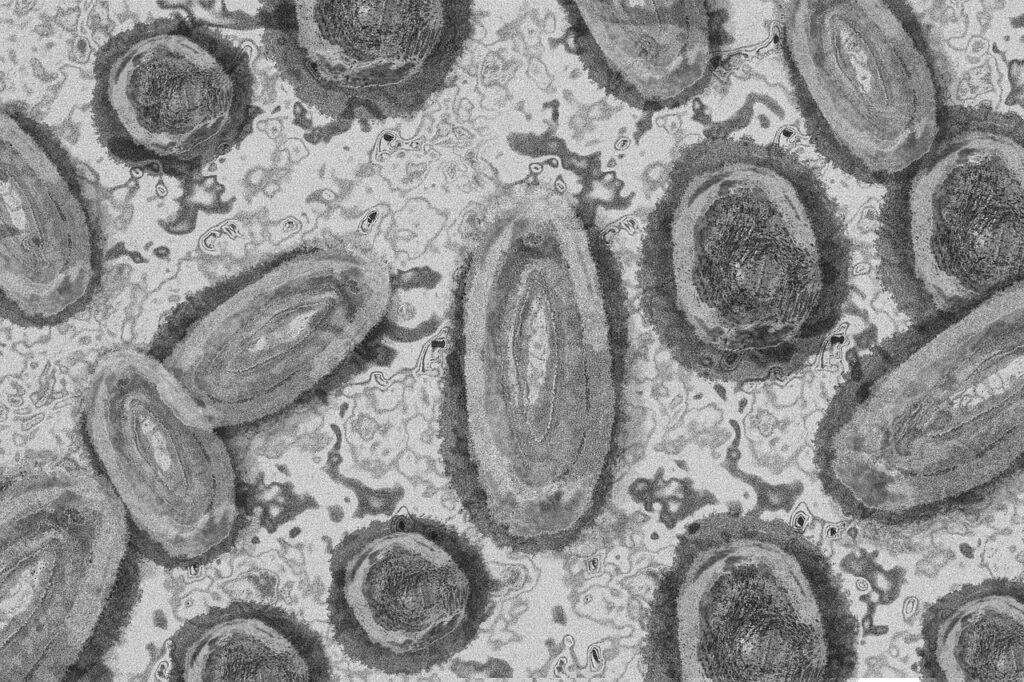
The wildlife trade serves as a significant pathway for zoonotic disease transmission between animals and humans, creating substantial public health concerns alongside ecological impacts. Wild-caught animals can harbor numerous pathogens that may spread to humans, other pets, or native wildlife—a risk dramatically illustrated by outbreaks like monkeypox, which entered the United States through the exotic pet trade. Stressed animals with compromised immune systems become particularly susceptible to harboring and shedding pathogens during capture and transport. The concentration of diverse species from different geographic origins in trading hubs creates ideal conditions for pathogens to jump between species and potentially evolve increased virulence or expanded host ranges. These disease dynamics create a troubling intersection between conservation concerns and global public health that has gained increased attention following the COVID-19 pandemic.
Undermining Conservation Investments
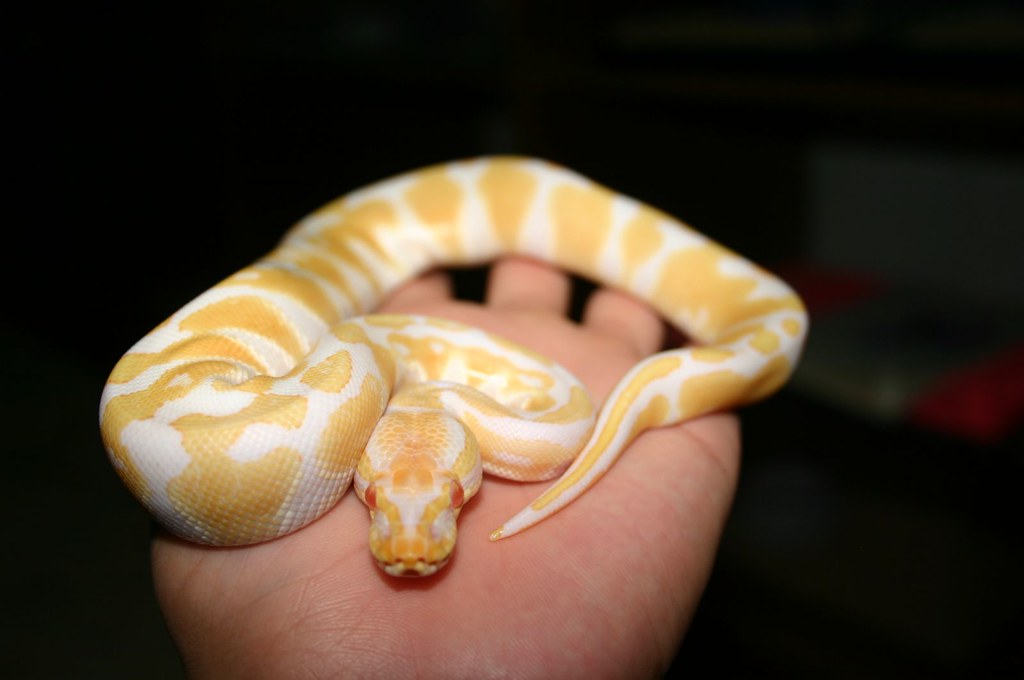
Governments, NGOs, and local communities invest substantial resources into protecting endangered species and their habitats through conservation programs that can span decades. The wild pet trade often directly undermines these investments by removing the very animals these programs aim to protect. Conservation success stories can paradoxically increase poaching pressure, as recovering populations of rare species become targets for collectors seeking valuable specimens for the exotic pet market. This dynamic creates frustrating scenarios where conservation professionals watch hard-won population gains reversed by illegal collection, particularly in regions where enforcement resources remain limited. The situation becomes especially problematic when international aid supports conservation programs while consumer demand in wealthy countries simultaneously drives the exploitation of the same species.
Impact on Local Communities and Economies
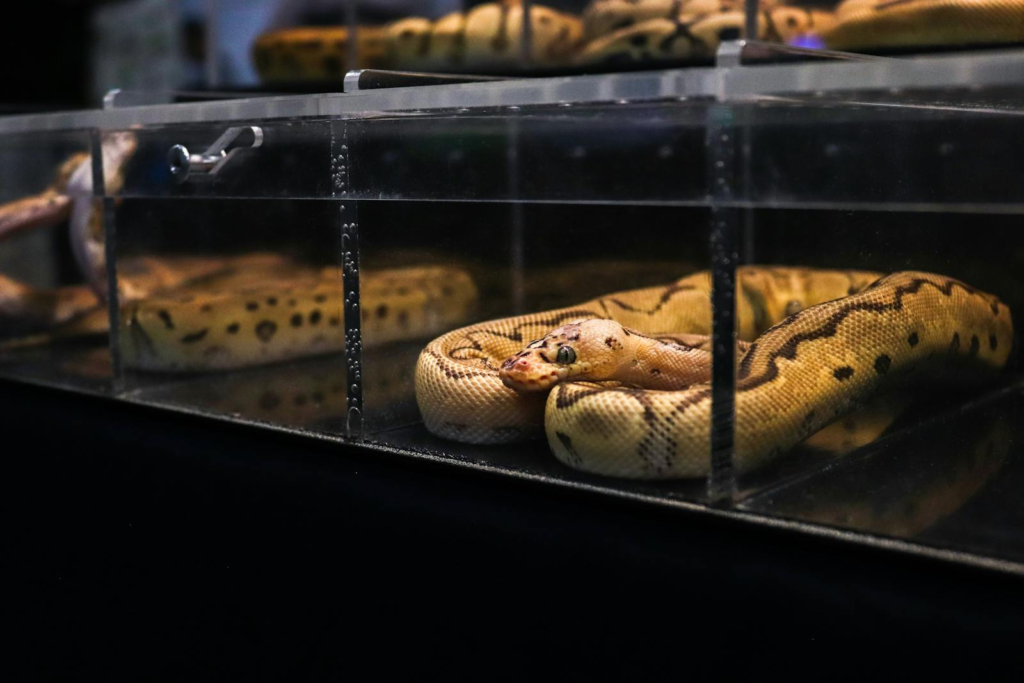
The relationship between local communities and wildlife collection presents complex economic and ethical questions for conservation. In economically disadvantaged regions, the wildlife trade may provide crucial income for communities with few alternative livelihood options, creating challenging tradeoffs between immediate human needs and long-term ecological sustainability. However, the economic benefits of wildlife harvesting typically flow disproportionately to middlemen and exporters rather than local collectors, who often receive minimal compensation for considerable effort and risk. Sustainable alternatives like ecotourism generally provide more stable, equitable economic benefits to communities while maintaining intact wildlife populations that can be viewed repeatedly rather than extracted once. Conservation programs increasingly recognize that protecting wildlife requires addressing human economic needs through community-based approaches that create incentives for preservation rather than exploitation.
Legal Frameworks and Enforcement Challenges

International wildlife trade regulation primarily occurs through CITES (the Convention on International Trade in Endangered Species), which categorizes species based on conservation status and regulates their commercial movement across borders. Despite this framework, enforcement remains challenging due to limited resources, corruption, and the difficulty of monitoring remote areas where collection occurs. Many countries lack adequate national legislation to complement international agreements, creating loopholes that wildlife traffickers routinely exploit. Even in nations with strong protections on paper, enforcement agencies often lack the specialized training needed to identify protected species or distinguish legal captive-bred specimens from illegally captured wild animals. These enforcement gaps create a situation where consumers cannot rely solely on legality as a proxy for sustainability when making purchasing decisions.
Ethical Alternatives for Pet Enthusiasts
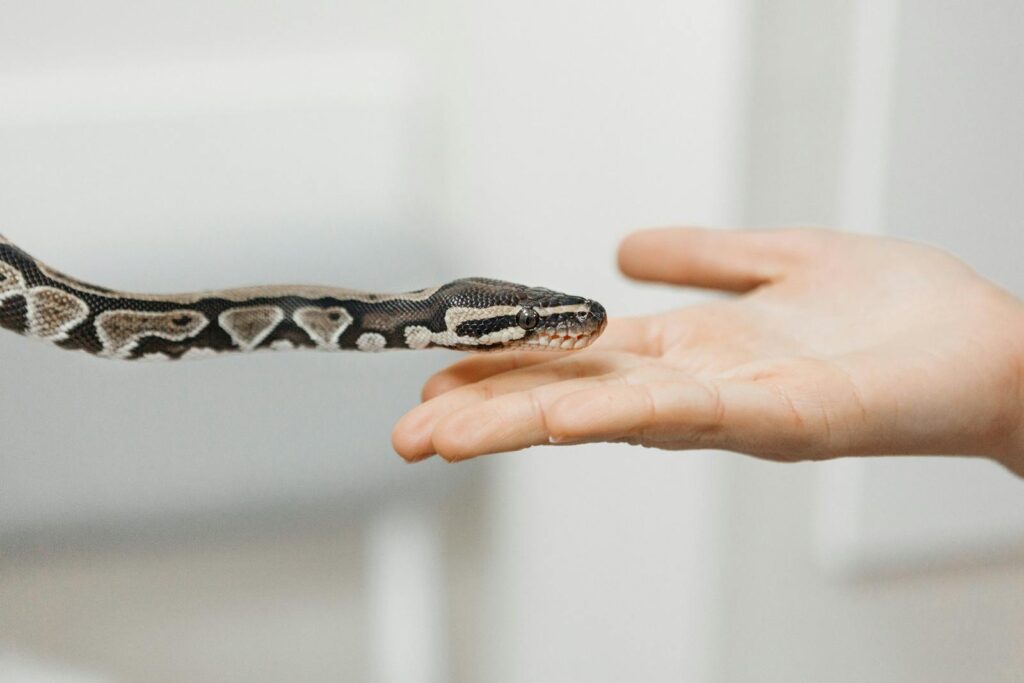
For animal lovers seeking companionship without contributing to conservation problems, numerous ethical alternatives exist that satisfy the desire for exotic pet ownership. Domesticated animal species like cats, dogs, and certain bird species have adapted to human environments over thousands of generations and generally thrive in captivity when properly cared for. For those specifically interested in more unusual species, reptiles, amphibians, and invertebrates bred in captivity for multiple generations offer ethical options that don’t deplete wild populations. Responsible specialty breeders can provide documentation of captive lineage and offer crucial guidance on proper care requirements for exotic species. Some conservation organizations have developed certification programs that help consumers identify truly sustainable, captive-bred specimens, though these remain limited in scope and require consumer education to be effective.
Consumer Education and Responsibility
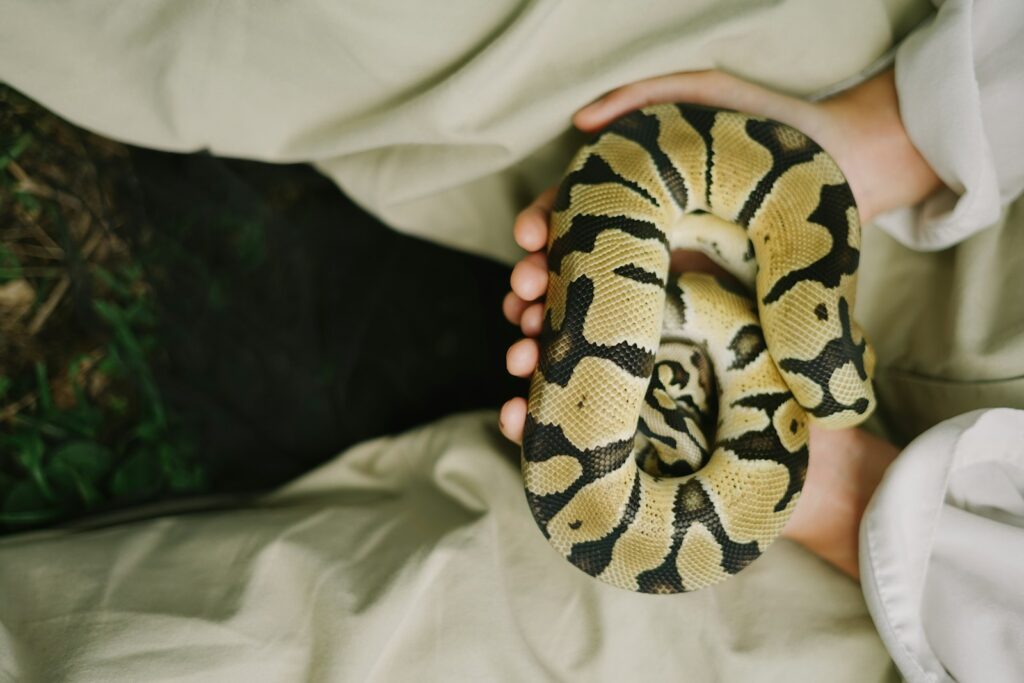
Ultimately, addressing the conservation impacts of the wild pet trade requires informed, responsible consumer choices based on understanding the broader consequences of purchasing decisions. Potential exotic pet owners should thoroughly research species’ origins, conservation status, and ethical considerations before making purchases, recognizing that their choices directly influence market dynamics and collection pressures. Responsible ownership includes preparing for the entire lifespan of an animal, which can extend decades for many exotic species, and developing appropriate contingency plans that never include release into the wild. Existing exotic pet owners can contribute to conservation efforts by supporting rescue organizations, participating in citizen science programs that track invasive species, and educating others about responsible ownership. The collective impact of informed consumer choices has the potential to transform the exotic pet industry toward more sustainable and ethical practices.
Conservation Success Through Sustainable Alternatives

Despite the challenges, several promising models demonstrate how the desire for exotic pets can align with rather than undermine conservation goals. Sustainable ranching programs for certain reptile species allow controlled collection of eggs or juveniles while protecting adult breeding populations and habitats, creating economic incentives for conservation. Community-based breeding programs in species’ native ranges can provide sustainable sources of popular pets while directing economic benefits to local people who might otherwise resort to destructive collection practices. Conservation-minded hobbyist groups have developed assurance colonies of endangered species through coordinated breeding programs that maintain genetic diversity while satisfying the market demand for rare species. These success stories demonstrate that with careful management and consumer support, the human desire to connect with exotic animals can become a force for conservation rather than a threat to biodiversity.
The wild pet trade represents a direct link between individual consumer choices and global conservation outcomes. Each purchase decision either reinforces or helps dismantle a system that often undermines biodiversity protection efforts worldwide. While the desire to keep unusual animals as companions has deep historical roots, today’s interconnected world requires a more thoughtful approach that considers the full ecological context of that desire. By choosing captive-bred animals, supporting sustainable practices, and prioritizing species well-adapted to captivity, pet enthusiasts can enjoy animal companionship without contributing to wildlife declines. As conservation awareness grows, the exotic pet industry has the potential to transform from a threat to biodiversity into a positive force for wildlife protection—but only if consumer demand drives this transition through informed, ethical choices.

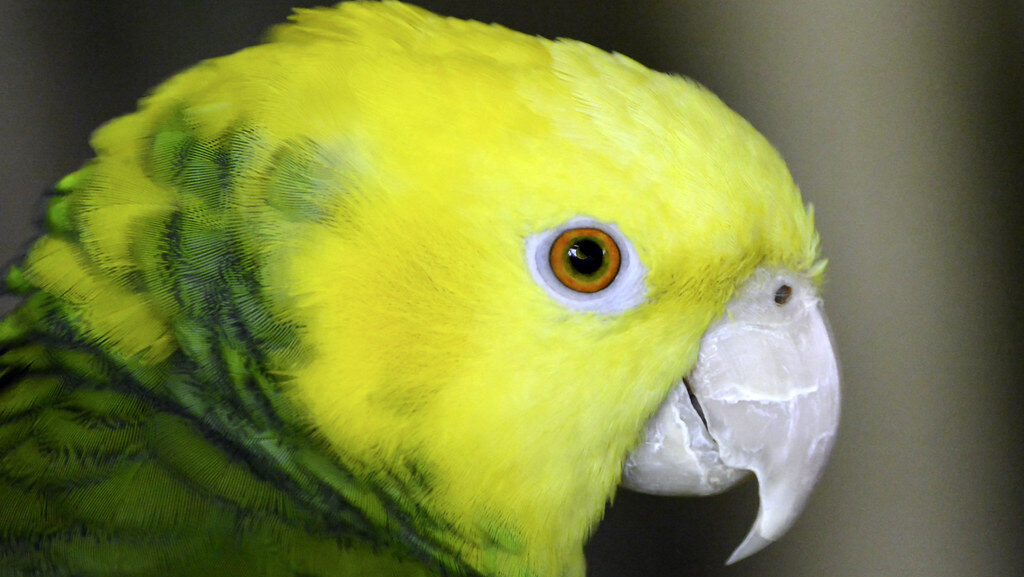


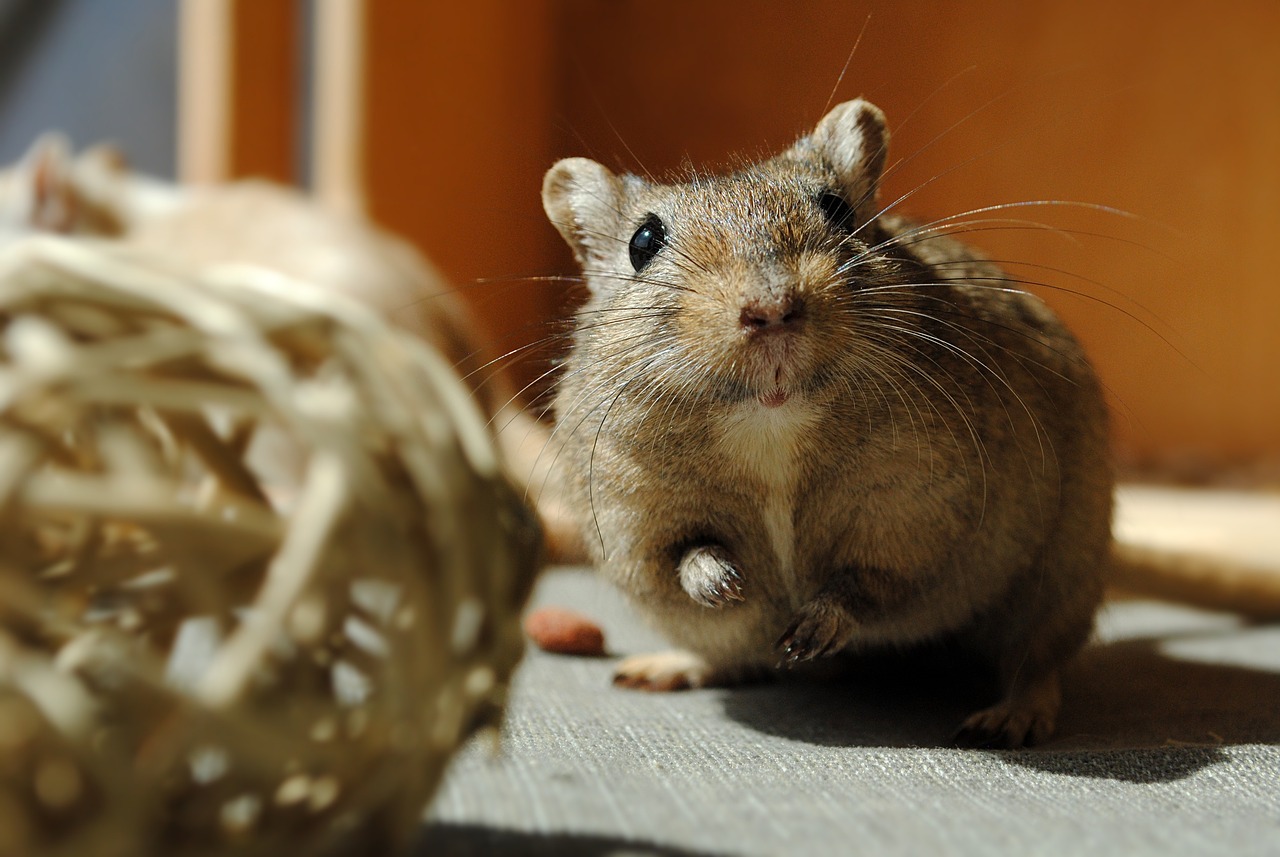

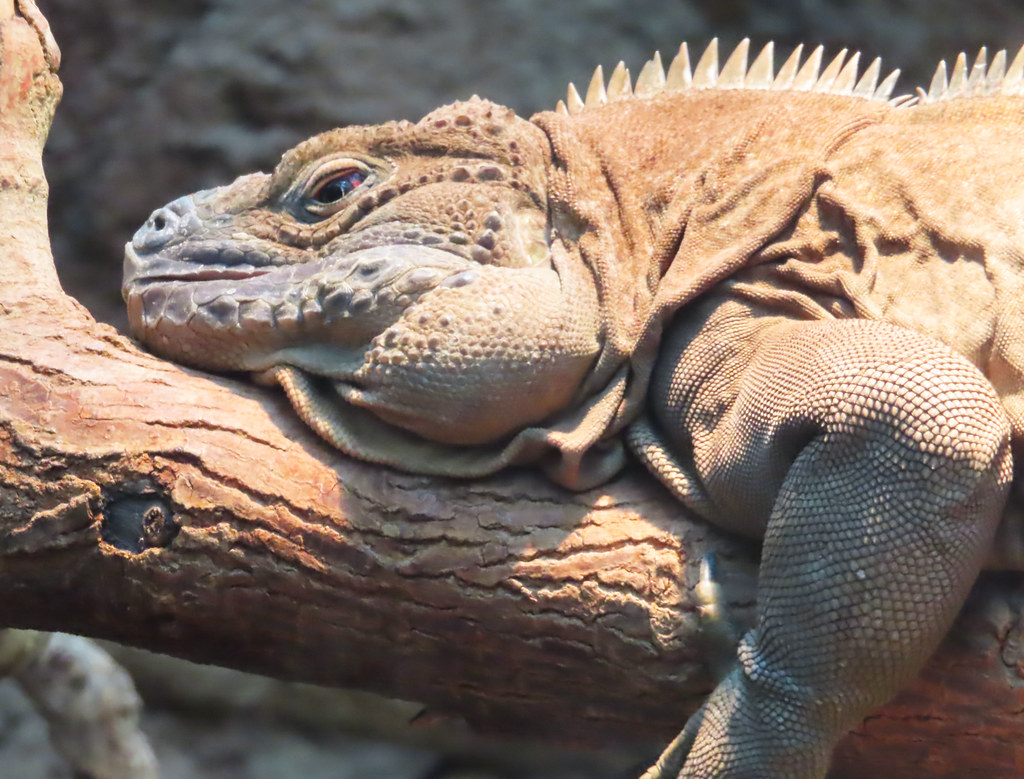
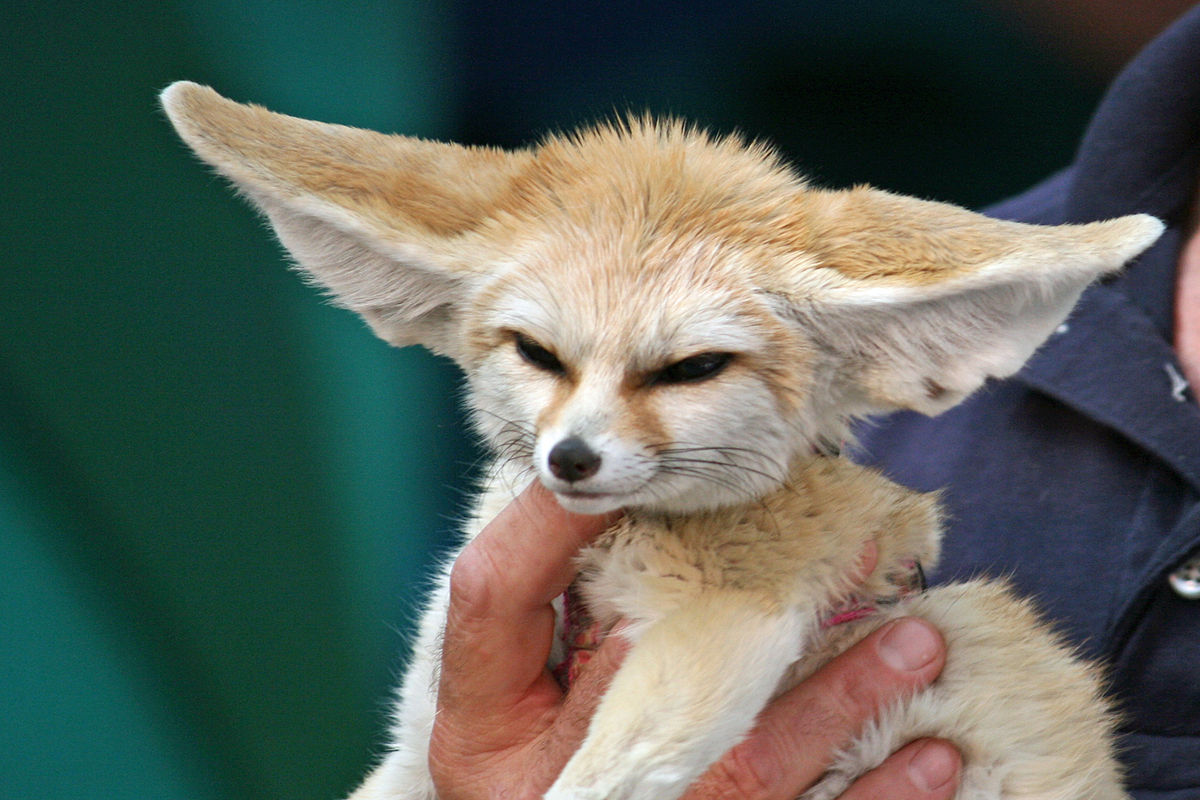


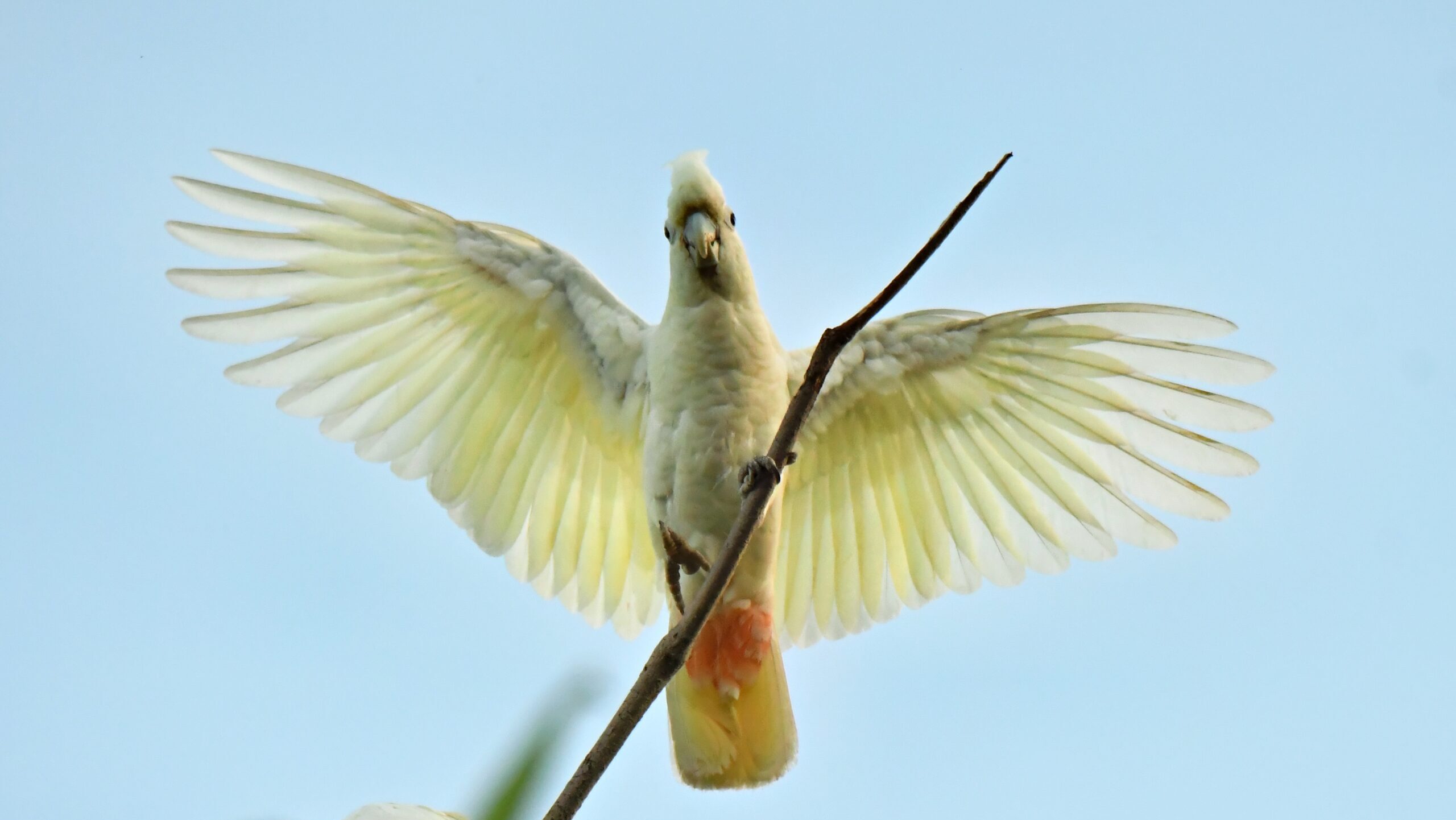




Leave a Reply